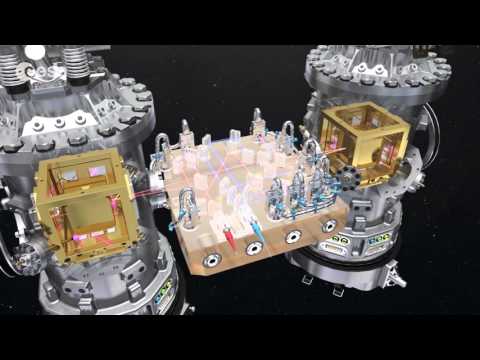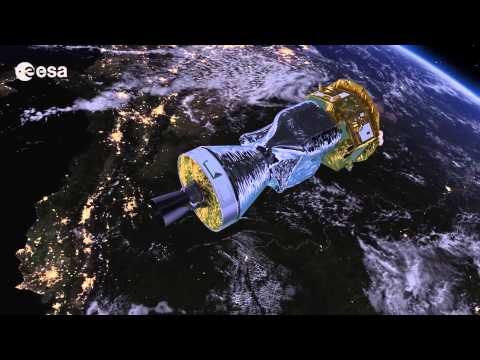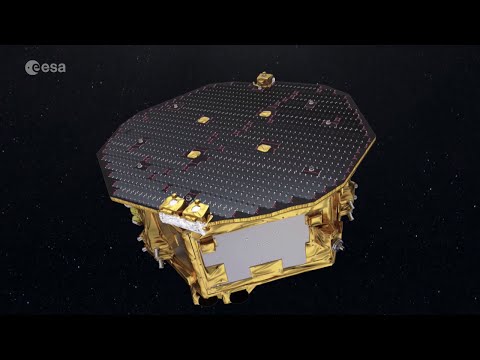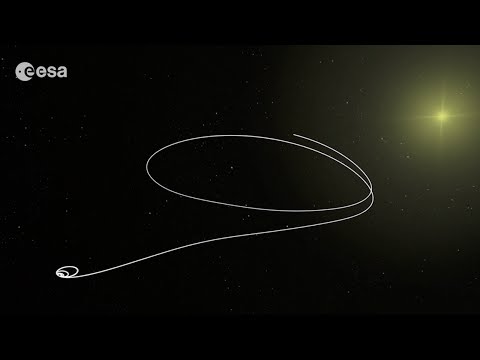LISA Pathfinder results
Launched in December 2015, LISA Pathfinder travelled to its operational orbit, 1.5 million km from earth towards the Sun, where it started its scientific mission on 1 March.
At the core of the spacecraft, two identical gold-platinum cubes, are being held in the most precise free-fall ever produced in space.
Placing the test masses in a motion subject only to gravity is the challenging condition needed to build and operate a future space mission to observe gravitational waves. Predicted by Albert Einstein a century ago, gravitational waves are fluctuations in the fabric of space-time, which were recently detected directly for the first time by the Laser Interferometer Gravitational-Wave Observatory.
Over the first two months of scientific operations, the LISA Pathfinder team has performed a number of experiments on the test masses to prove the feasibility of gravitational wave observation from space.
These results are explained in this video with interviews of Paul McNamara, LISA Pathfinder Project scientist, ESA and two LISA Pathfinder Principal investigators : Rita DOLES, University of Trento and Martin Hewitson, University of Hannover.
Read more in LISA Pathfinder exceeds expectations: http://www.esa.int/Our_Activities/Space_Science/LISA_Pathfinder_exceeds_expectations





Yea! I figuratively cannot wait until LISA is fully operational!
Awesome!
I was wondering, how can those two test-masses be in a real free fall (zeroG) and still stay aligned over a longer period of time? Since you cannot put them into two parallel orbits!
This project is blowing all requisites apparently.
It's amazing what we can measure nowadays. Über-micro-nano-scopic gravitational waves? Truly incredible.
Nice job LISA~
I believe it should say 46 millimeter metal cubes instead of 46 centimeter.
2034 expected launch